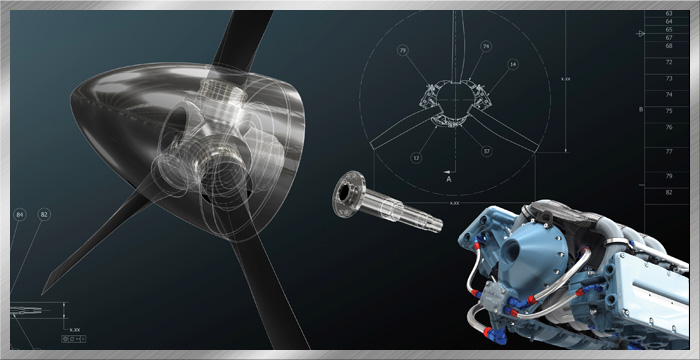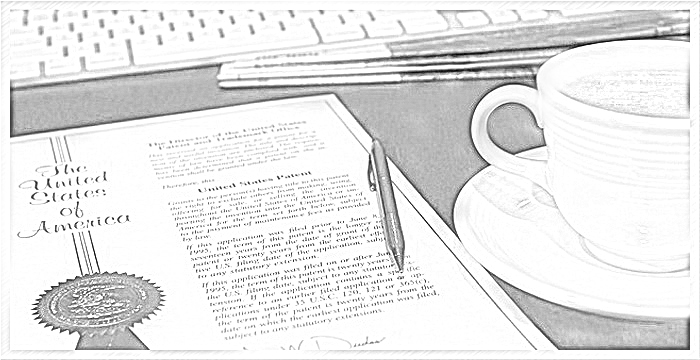Inventors and start-up companies often ask me how to patent an invention. What is the best way to begin the patent process?
Here are some tips every inventor or company should take to begin protecting an invention.
Invent Something
Since you are reading this, you probably already have invented something. If you do not yet have an invention, it may be helpful to read our article on how to think like an inventor.
Analyze Your Invention.
It is not enough to simply invent something; your invention should have a reasonable chance of success. A healthy dose of critical analysis is important. To learn more about analyzing your invention for success, see our article Successful Inventions.
Document, document, document.
Describe every significant part of your invention in writing, including how each part interacts with other parts. Describe how the invention works, how to make it and how to use it.
Make sketches and drawings of every significant part of your invention. Drawings are a very important part of describing your invention. Some inventions, such as chemical inventions, do not lend themselves to drawings. But most inventions can be drawn and this is an excellent way to describe an invention.
Record the results of tests and experiments and the construction of any prototypes. Take pictures of any physical prototypes or experiments. Continue to document every step of the invention’s development, including meetings and communications with employees, vendors, partners, investors and others.
Use a bound notebook for your notes and sketches. Make copies of emails, electronic files and any digital media and keep them in a safe place.
Have your records periodically witnessed by a non-interested party. This can help establish the authenticity of your records.
Talk with a Patent Attorney.
Patent law is one of the most complex areas of law. There are many options, deadlines and pitfalls. A Patent Attorney can explain the patent process to you, help you make good decisions and develop the best strategy for you and your company. Click here to see more information on Patent Attorneys.
Although we do not recommend it, inventors are free to file their own patent applications. You can learn more about the patent process and filing patent applications from the United States Patent and Trademark Office website and from a variety of books.
Have a patent search performed for the invention.
We almost always recommend having a professional patent search performed. See our article Top Seven Reasons to Perform a Patent Search. A patent search can help determine if your invention is patentable and help us write a good patent application. There are a number of other important benefits.
A patent search should be performed before filing a non-provisional application (see below). However, we often file provisional patent applications before performing a patent search.
Please contact us if you would like to perform a patent search.
Prepare and file a patent application.
In order to get a patent, you must file a patent application. Patent applications are not fill-in-the-blank forms. Patent applications are very complex legal documents.
To get the most value from your invention, a patent application must be custom written to satisfy a number of different kinds of readers. Your patent application and the resulting patent may be read by patent examiners, investors, licensees, competitors, judges and juries.
There are a number of options regarding the kind of patent application to file. Here are some of the options:
• provisional patent application
• regular non-provisional utility patent application
• design patent application
• Patent Cooperation Treaty application
The best option for you depends on your particular situation. Your patent attorney can help you with this decision.
Move Forward Quickly
The United States recently adopted a first-inventor-to-file patent system. It is more important than ever to file applications promptly. If someone else invents the same invention and files a patent application before you, you will generally have no patent rights.


